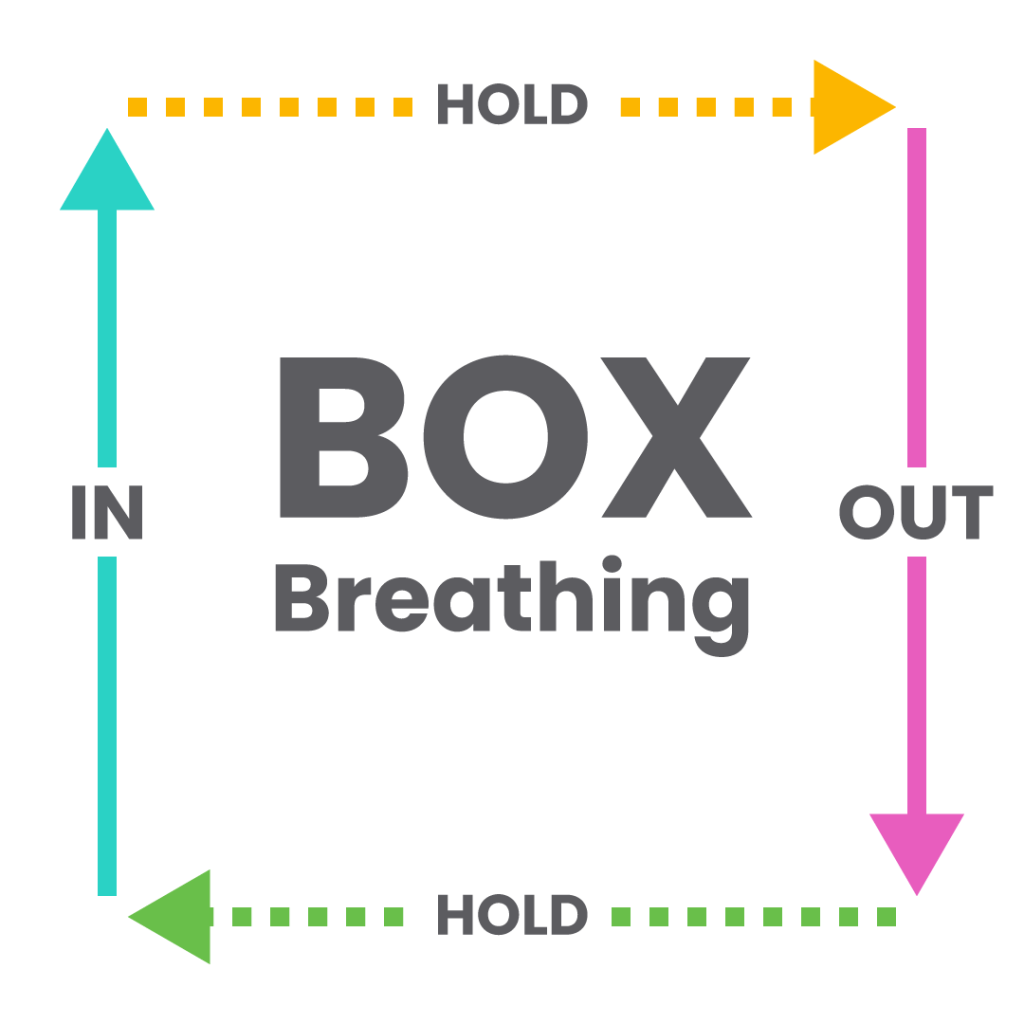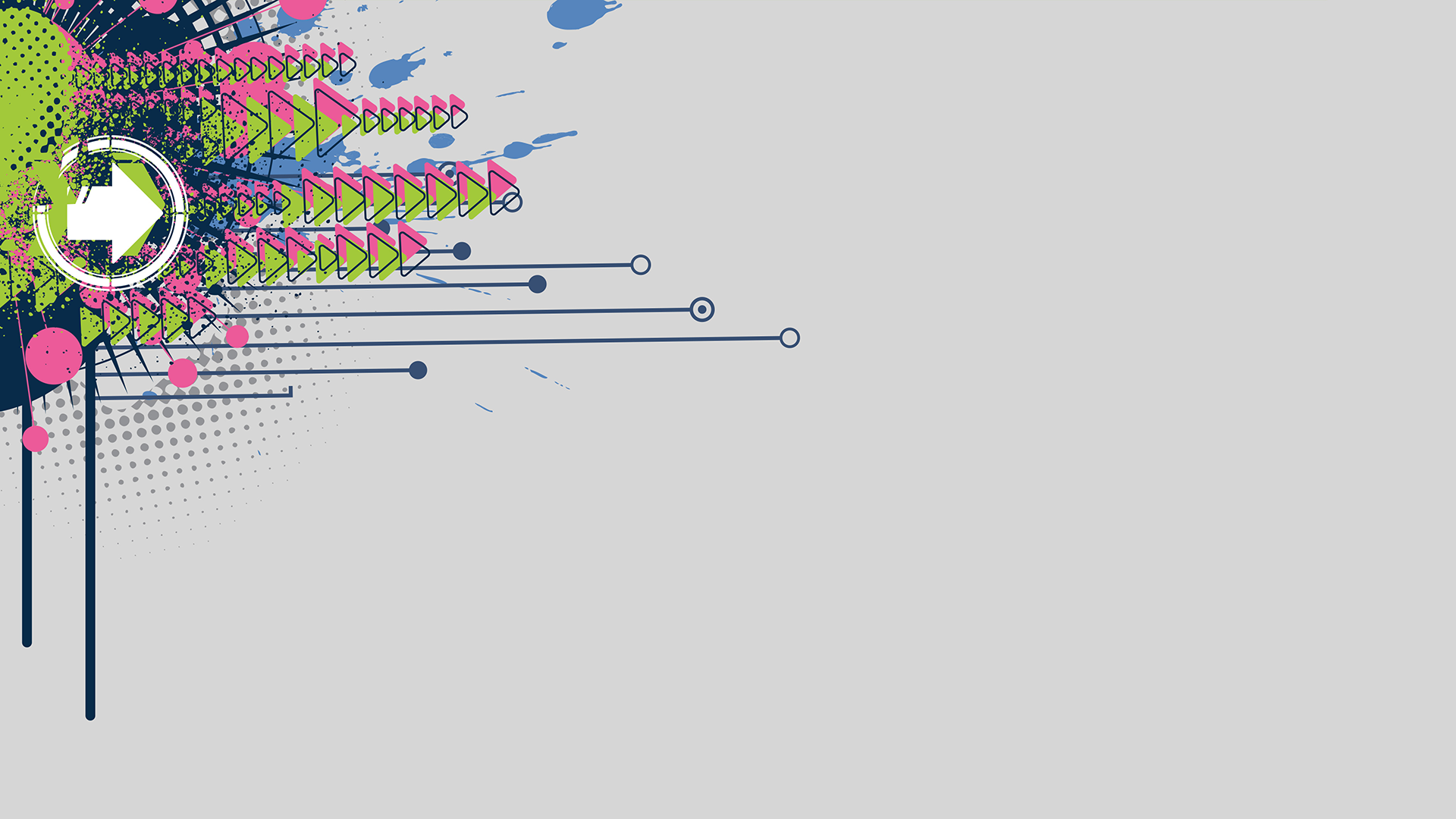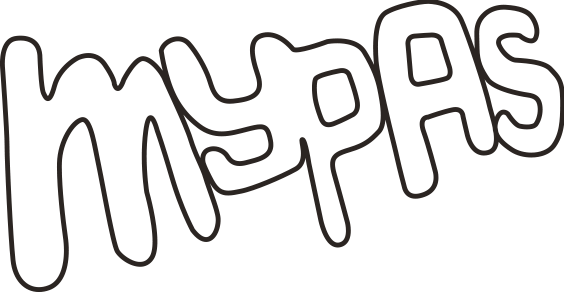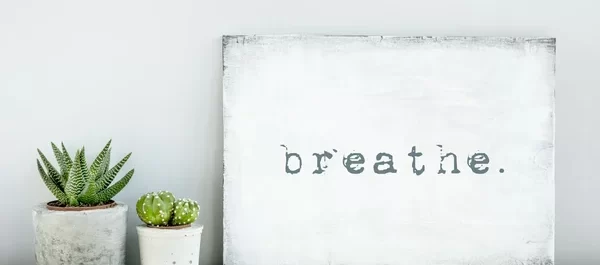Just Breathe?
When we experience stress and anxiety or feel overwhelmed by anger or frustration probably the most common advice people will give is to “just breathe…”
When you experience a stressful event, your body automatically goes into “flight, fight or freeze” mode. Your heart rate increases, your stomach stops digestion, and your breathing becomes more shallow.
In this blog post, Robin shares his advice on how breathing can help you. Deep breathing can be a perfect tool to learn as an empowering practice that will help you find ways to cope with life’s ups and downs.
But how useful is breathing?
Benefits of deep breathing include:
- Increased energy
- Relaxation
- Reduced blood pressure
- Increased ability to handle stress
- Improved sleep
- Reduced anxiety and depression
- Nervous system regulation
- Improved creativity
- Improved immune and digestive systems
- Greater ability to manage emotions
What kind of breathing is helpful and why.
Research shows that when we change how we breathe, we can change how we feel. This is because we associate different emotions with different kinds of breathing. For instance we associate anger and anxiety with short fast, shallow breathing and joy with slow deep breathing. Changing our breathing patterns can help us to feel the emotions associate with them.
Breathing slowly can signal relaxation – slowing out heart rate and trigger our parasympathetic nervous system (responsible for rest and digest responses), helping us to calm down.
How to use breathing to calm our nervous system.
When we breathe in our heart rate speeds up and when we breathe out our heart rate falls so a simple breathing exercise is to breathe in for 4 seconds and breathe out for 8. Or to put this simply- when you are feeling stressed, breathe out for longer.
A favourite exercise of therapists and counsellors here at MYPAS is a technique called Box Breathing.
You can often find box (or square) breathing taught in yoga classes. It’s a great technique to use when you need a moment to focus your mind. Or to calm down after an upsetting or conflicting situation.
Find a piece of paper or notebook and something to draw with. If you can’t find anything to draw on, close your eyes and picture a square in your mind.

Begin to draw the square by starting at the bottom left corner of the paper. As you draw breathe in as your pen or pencil travels all the way up the left side of the square to the top left corner.
When you reach the top hold your breath as you draw the top line of the square until you reach the top right corner. Now breathe out as you travel down the right side of the square to the bottom right corner. When you breathe out make sure you can feel it in your stomach.
Now, hold your breath again as you draw the final line along the bottom of the square back to the bottom left corner.
When we say breathing deep and slowly, we mean breathing with your belly. This sounds weird but is much more effective than focusing your breathing in your chest. One way to do this is:
Put your hands on your shoulders.
Sometimes you breathe from your chest instead of your belly, but it’s hard to notice. This is an easy way to figure out if you are moving your chest or your belly when you’re breathing. While sitting or standing, put your hands down by your sides. Then bend your arms at your elbows and place them on the front of your shoulders. Try taking a deep breath. If your shoulders are moving a lot, focus more on taking breaths using your belly.
Why breathing might not be working.
We have big feelings and emotions that need to processed or acted out. If we are being told (or telling ourselves) to calm down or to breathe we may experience this as not having our feelings being heard and understood. Emotions need to come out and it is not good to bottle them up. While breathing can be helpful it is also important to find ways to explore and express your feelings in a safe way.
We have a variety of services that can help here at MYPAS such as Art Therapy, Community Counselling and School Counselling. If you do not want to refer yourself to a service and would like some quick advice and guidance, we have a Digital Drop-in every weekday from 3:30-5:30pm. To access this and to find out more about our other services in East Lothian and Midlothian, see our website at www.mypas.co.uk



